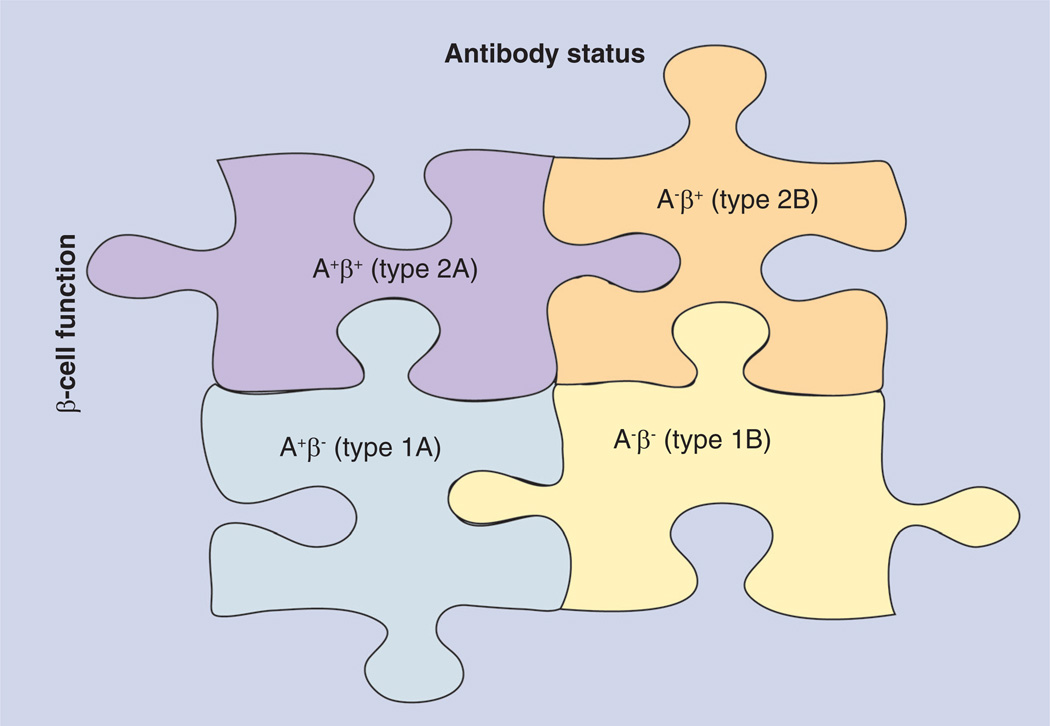Figure 2. Aβ-classification system for ketosis-prone diabetes mellitus patients.
This diagram outlines the schema that can be used to identify the four variants of ketosis-prone Type 2 diabetes mellitus (KPDM) and predict clinical response to treatment based on the presence of β-cell function (b) and/or islet-cell autoimmunity (A). Those with KPDM type 2A (A−β+) have preserved β at diagnosis but have markers of islet cell A. Clinically, they can either regain β and discontinue insulin or have progressive β and require lifelong exogenous insulin therapy. Patients with KPDM type 1A (A+β−) have permanent β-cell failure with markers of islet cell A. They require insulin therapy for life. Those with KPDM type 1B (A−β−) also have permanent β-cell failure but lack islet cell A. They require insulin therapy for life. Patients with KPDM type 2B (A−β+) have preserved β and lack islet cell A. This KPDM subtype has the greatest chance of achieving near-normoglycemic remission and discontinuing insulin therapy.
Adapted from [54].

